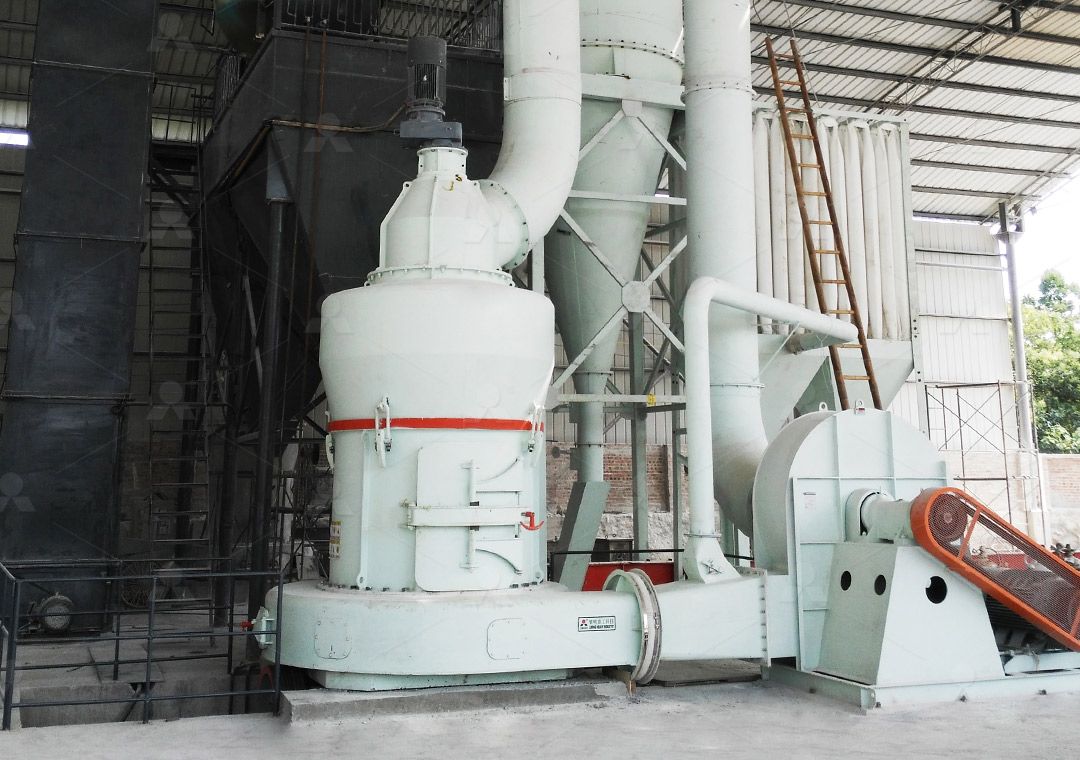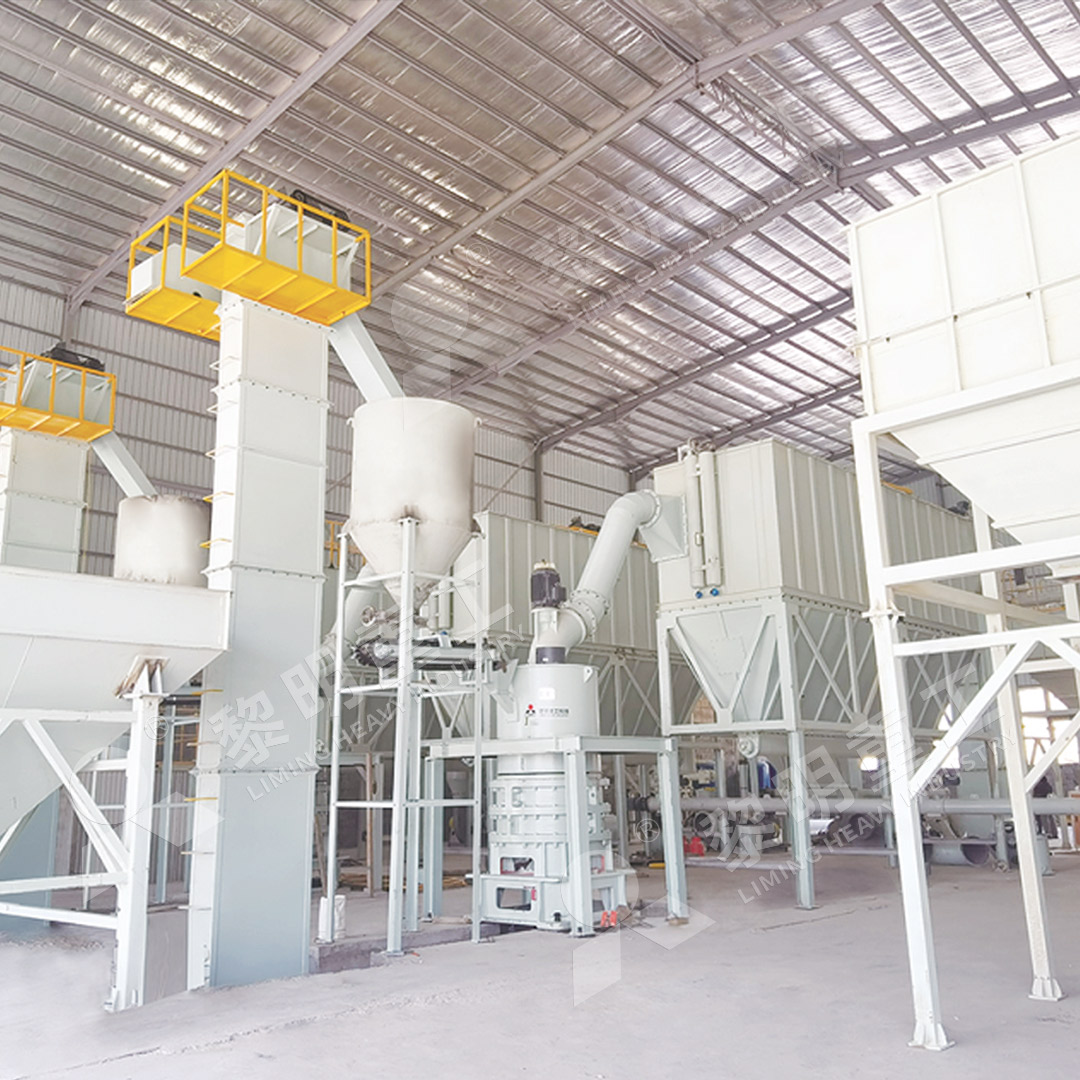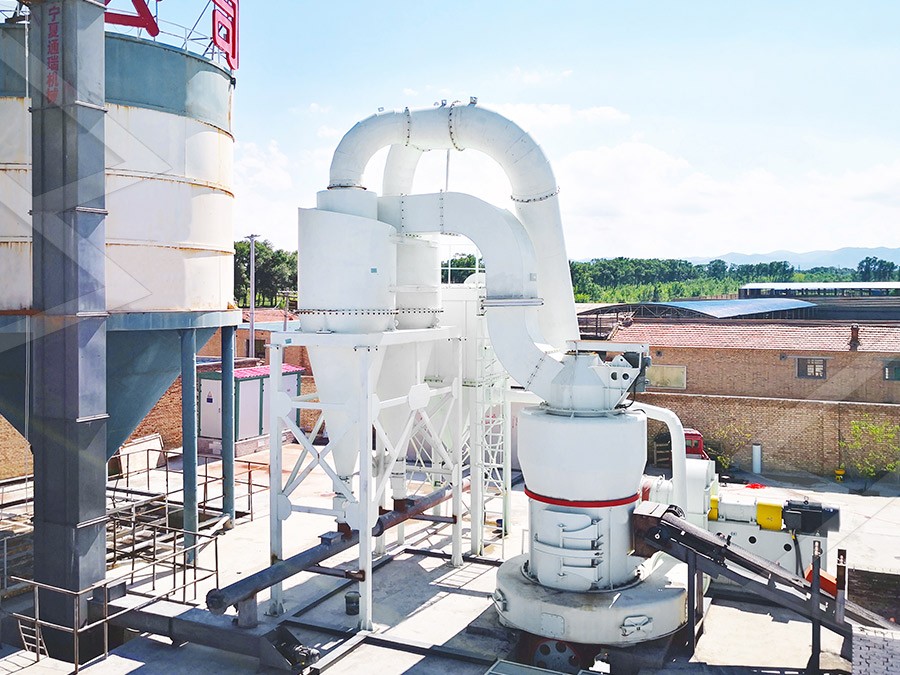Limestone Powder Grinding Mill: Key Equipment for Efficient Production
Limestone Powder Grinding Mill: Key Equipment for Efficient Production
In today’s competitive industrial landscape, the production of high-quality limestone powder demands equipment that combines precision, efficiency, and reliability. Limestone powder serves as a fundamental raw material across numerous industries, including construction, chemicals, paints, and agriculture. The selection of an appropriate grinding mill directly impacts product quality, operational costs, and environmental compliance.

Modern limestone processing requires mills capable of handling various feed sizes while maintaining consistent output quality. The ideal equipment should offer adjustable fineness control, energy-efficient operation, and minimal environmental impact. With decades of experience in industrial milling solutions, our engineers have developed advanced grinding technologies that address these critical requirements.
Technical Considerations for Limestone Grinding
When selecting limestone grinding equipment, several factors demand careful evaluation. The hardness and moisture content of raw limestone significantly influence mill selection and configuration. Additionally, the desired production capacity and final product fineness determine the appropriate mill size and power requirements.
Modern grinding mills incorporate sophisticated separation technologies that enable precise control over particle size distribution. This is particularly crucial for limestone applications where specific mesh sizes are required for different industrial uses. The ability to consistently produce powder within tight tolerances separates advanced milling systems from conventional equipment.

Advanced Grinding Solutions
Among our comprehensive range of grinding equipment, the MW Ultrafine Grinding Mill stands out for limestone processing applications. This advanced system handles input sizes up to 20 mm with production capacities ranging from 0.5 to 25 tons per hour. Its innovative design incorporates German cage-type powder selector technology, allowing fineness adjustment between 325-2500 meshes with exceptional precision.
The MW series demonstrates remarkable efficiency improvements, achieving 40% higher production capacity compared to jet grinding mills and double the output of traditional ball mills. Meanwhile, energy consumption is reduced to just 30% of conventional jet mill systems. This combination of high yield and low operating costs makes it an economically compelling choice for modern limestone processing facilities.
Another notable solution for finer applications is the LUM Ultrafine Vertical Grinding Mill, which processes materials up to 10 mm at 5-18 tph capacity. This mill integrates the latest grinding roller technology with advanced powder separation, offering exceptional control over final product characteristics.
Operational Advantages
The engineering behind modern limestone grinding mills addresses common operational challenges. The absence of rolling bearings and screws in the MW series’ grinding chamber eliminates concerns about bearing damage or loose hardware causing operational failures. External lubrication systems enable maintenance without production interruptions, supporting continuous 24-hour operation.
Environmental considerations are thoroughly integrated into these systems. Efficient pulse dust collectors and mufflers minimize particulate emissions and noise pollution, ensuring compliance with stringent environmental standards. The completely sealed grinding process prevents material loss while maintaining workshop cleanliness.

Production Workflow Integration
Successful limestone powder production extends beyond the grinding mill itself. Comprehensive systems incorporate feeding mechanisms, classification equipment, and product collection in a seamlessly integrated workflow. Modern mills feature digital control systems that monitor and adjust operational parameters in real-time, maintaining optimal performance across varying material conditions.
Our grinding solutions include complete technical support and genuine spare parts availability, ensuring long-term operational reliability. The digital manufacturing processes employed in production guarantee high precision components, particularly for core grinding elements, delivering consistent performance throughout the equipment’s service life.
Frequently Asked Questions
What fineness range can be achieved with the MW Ultrafine Grinding Mill?
The MW series provides adjustable fineness between 325-2500 meshes, with the capability to achieve d97≤5μm in a single pass through its advanced cage-type powder selector system.
How does the energy consumption compare to traditional grinding mills?
The MW Ultrafine Grinding Mill reduces energy consumption by approximately 70% compared to jet mills and 30-40% compared to ball mills while delivering higher production capacity.
What environmental features are incorporated?
Our grinding mills include efficient pulse dust collectors that eliminate dust pollution, along with silencers and noise elimination rooms that reduce operational noise to environmentally compliant levels.
What maintenance advantages does the design offer?
The absence of rolling bearings and screws in the grinding chamber eliminates common failure points, while external lubrication systems enable maintenance without production shutdowns.
Can the equipment handle variations in raw material quality?
Yes, the advanced control systems automatically adjust operational parameters to accommodate fluctuations in feed material characteristics, maintaining consistent product quality.
